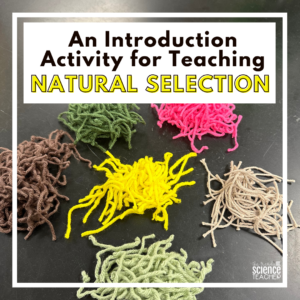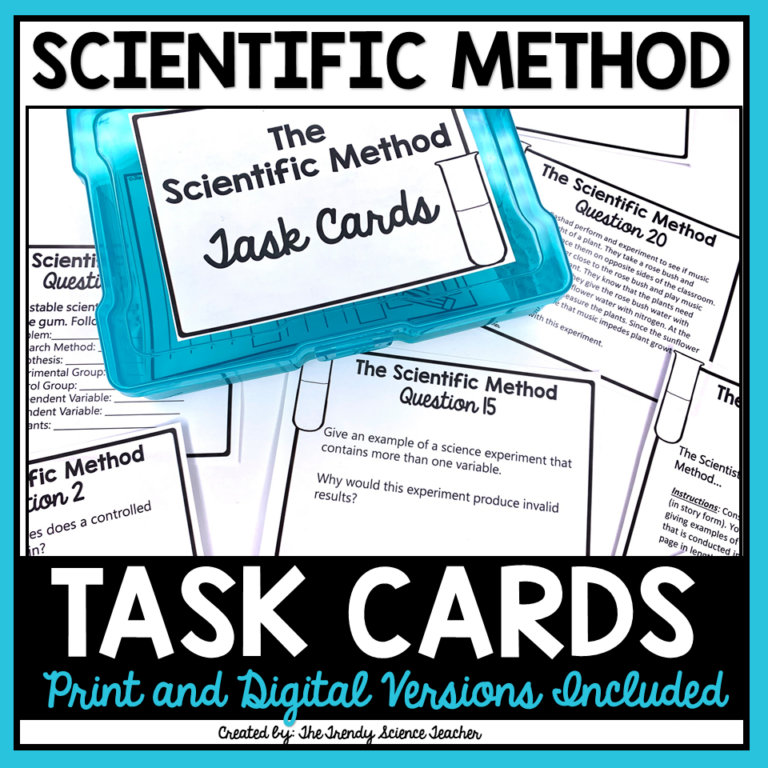
Boosting Biology Exam Scores with Spiral Reviews

As educators, one of our primary goals is to ensure our students learn, retain, and apply information effectively. Achieving this can often be a daunting task, particularly when preparing students for comprehensive assessments, like end-of-course exams. In Biology , where concepts are interconnected and complex, finding effective review strategies is crucial.
Enter the concept of spiral reviews – a method that has revolutionized my approach to teaching Biology and significantly boosted my students’ end-of-course assessment scores. In this blog post, I’ll share how I’ve utilized spiral reviews to help my students foster a deeper understanding of biology AND regurgitate that knowledge on our state’s end-of-course test.

What are Spiral Reviews?
Spiral reviews involve revisiting previously covered material in a systematic and repetitive manner over a period of time (in my case, 10 weeks). In lieu of a mass end-of-the-year cram session, I use spiral reviews to reintroduce and reinforce concepts taught throughout the academic year. This approach capitalizes on the spacing effect, a psychological phenomenon where information is better retained through distributed practice over time.
Implementation in the Classroom
For the past three years, I’ve integrated spiral reviews into my Biology curriculum with remarkable outcomes. Here’s how it works:
Content Selection:
Using progress monitoring data, I strategically select review questions that align with the topics we’ve covered throughout the year. These questions serve as a representative sample of the material that may appear on the final exam.

Weekly Spiral Review Sheets:
I start utilizing spiral reviews 10 weeks prior to my state end-of-course assessment. At the beginning of each week, students receive a spiral review worksheet containing review questions for each day of that week. These questions are designed to cover a range of topics and difficulty levels, ensuring comprehensive review. However, they are strategically picked using my students’ benchmark exam data. Using benchmark data is the KEY to the success of these spiral reviews. For example, if my students’ data is showing that they are weak in cell transport, you better believe that my spirals are going to include review material that practices cell transport.

Daily Review Sessions:
At the start of each class period, I allocate 5-7 minutes for students to answer the review questions independently.

Guided Review:
Following the individual response period, we collectively review each question as a class. This interactive process allows students to compare their answers, clarify misconceptions, and deepen their understanding through discussion and teacher guidance.
Impact on Student Learning
The results speak for themselves. Since incorporating spiral reviews into my teaching methodology, I’ve witnessed a significant increase in overall end-of-course test scores. But it’s not just about the numbers; student feedback tells the real story.

My students appreciate the structured approach of spiraling through the content, as it provides them with regular opportunities to review and reinforce their understanding of key concepts. Furthermore, by showcasing example questions similar to those on the final exam, spiral reviews help demystify the assessment process and build students’ confidence.

Moreover, when paired with my progress monitoring system, spiral reviews become a powerful tool for personalized learning. By analyzing student performance on benchmark exams, I can identify areas of weakness and tailor instruction to address individual needs effectively.

Conclusion
Spiral reviews offer a highly effective strategy for enhancing comprehension, retention, and performance in Biology.
I have been thrilled by the positive impact spiral reviews have had on my students’ learning outcomes. By systematically revisiting and reinforcing content throughout the year, we’ve not only improved test scores but also fostered a deeper and more enduring understanding of Biology.
For educators seeking to elevate their teaching practices and empower their students for success, I wholeheartedly recommend integrating spiral reviews into the curriculum. The dividends in student achievement and engagement are well worth the investment.
To grab the spiral reviews that I use in my own classroom, click the image below:


Share it:
- Read more about: BIOLOGY




